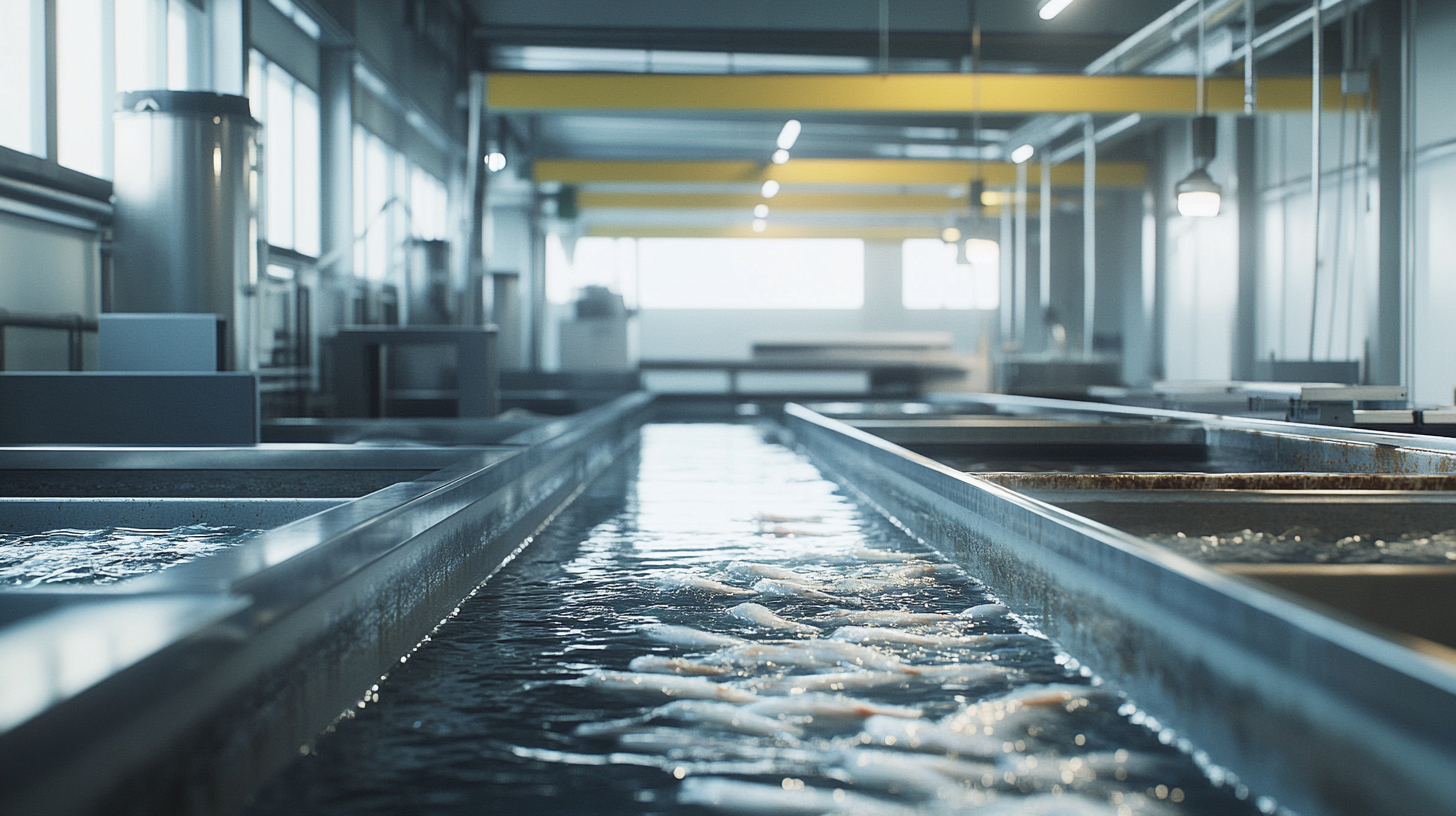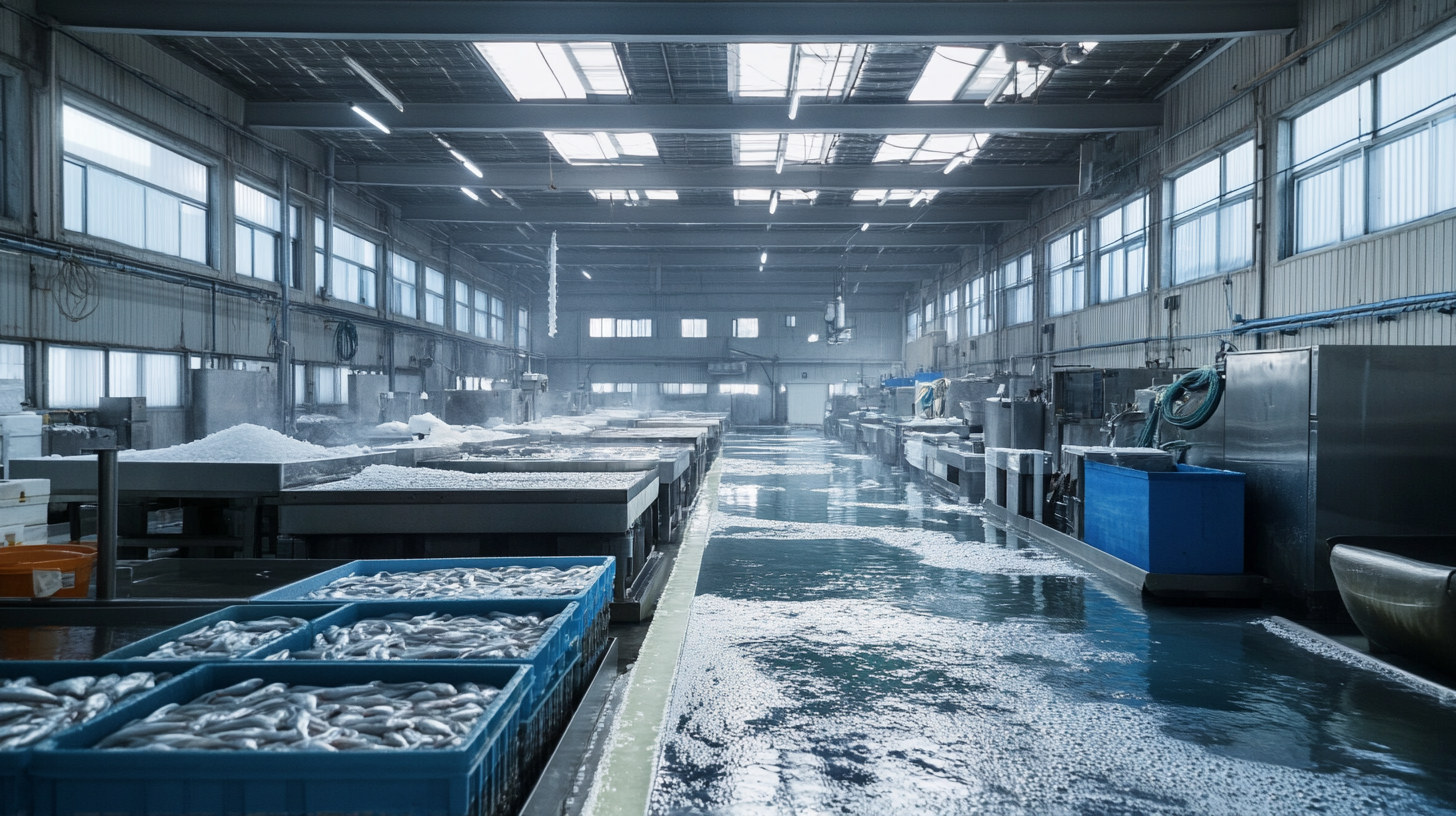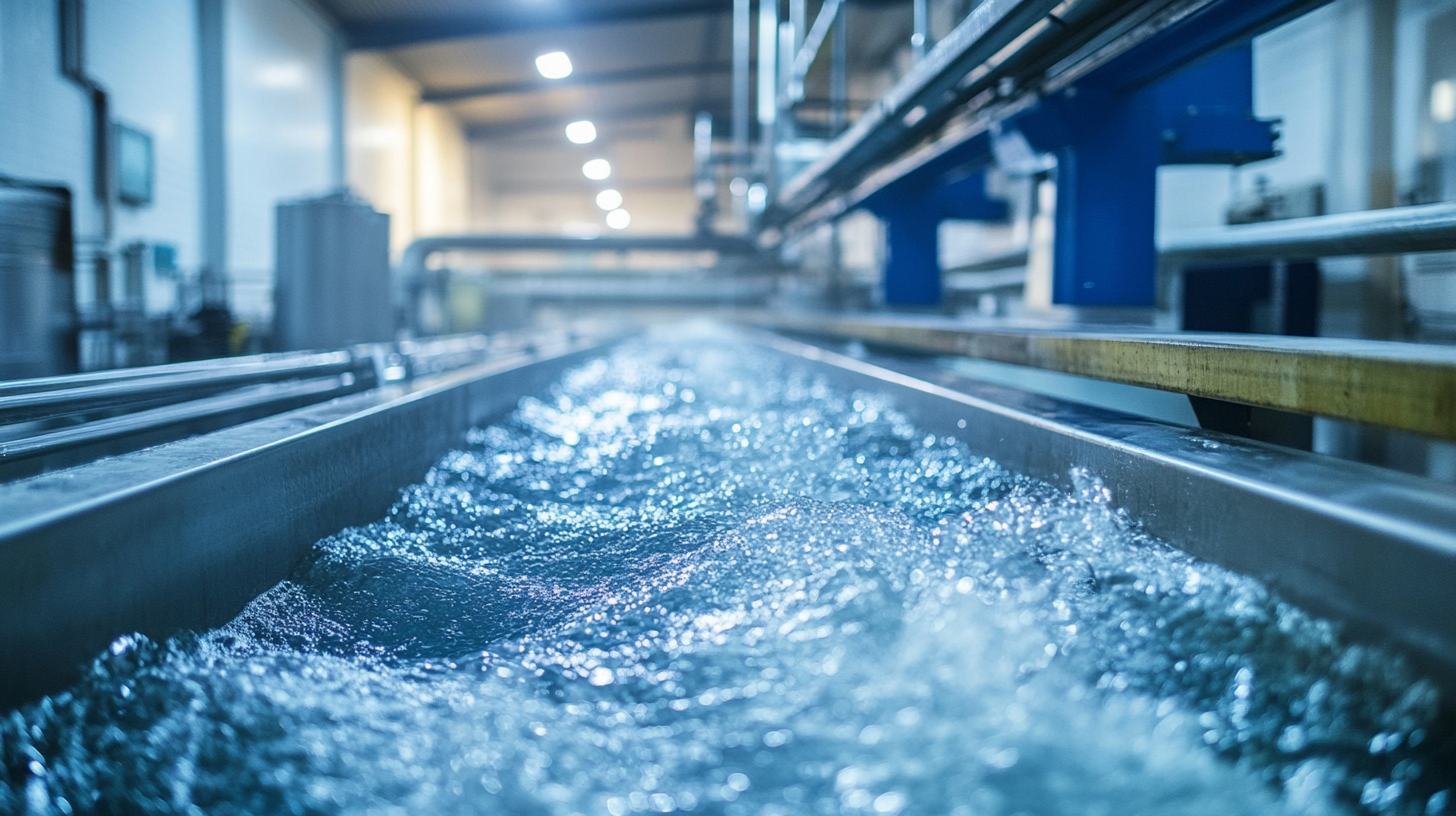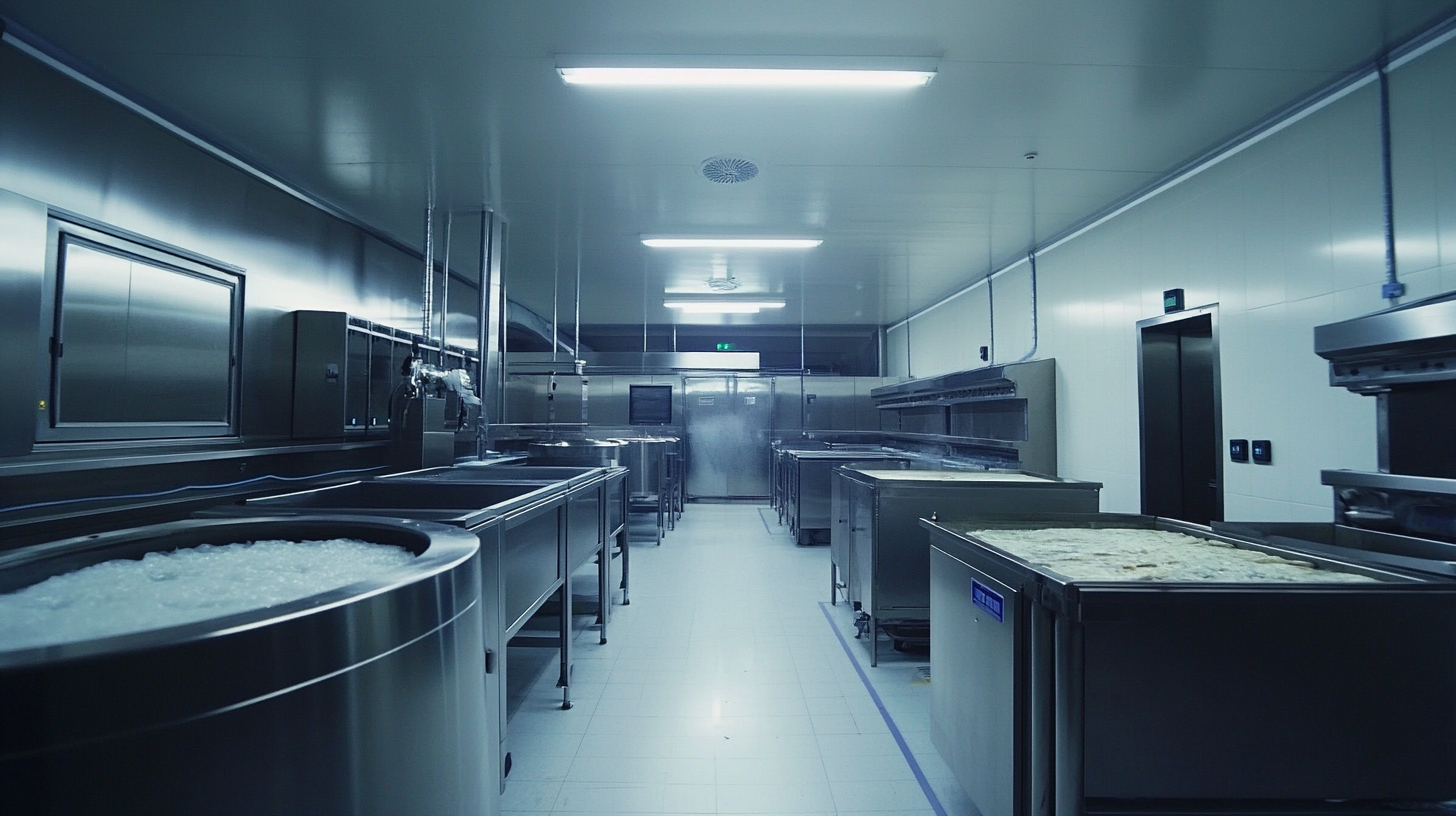5 Essential Features of Advanced Fish Processing Equipment for Global Sourcing
In the competitive world of seafood supply and global sourcing, the efficiency and quality of fish processing equipment play a crucial role. As the demand for sustainable and high-quality seafood continues to rise, businesses must invest in advanced fish processing technologies that not only enhance productivity but also ensure food safety and traceability. The perfect combination of innovation, reliability, and performance in fish processing equipment can significantly elevate a company’s operational capabilities and market presence.
This blog will explore five essential features that advanced fish processing equipment should possess to meet the evolving needs of the seafood industry. From cutting-edge automation to efficient waste management systems, these characteristics are vital for optimizing production processes while minimizing environmental impact. By understanding these key features, businesses can make informed decisions in their sourcing strategies, ultimately leading to improved profitability and sustainability in the fish processing sector.

Key Technologies Driving Efficiency in Fish Processing Equipment
In the rapidly evolving fish processing industry, key technologies are pivotal in enhancing operational efficiency and meeting global demand. According to a report by MarketsandMarkets, the global fish processing equipment market is projected to reach $20.2 billion by 2025, fueled by innovations that streamline workflows and improve product quality. Advanced fish processing equipment now incorporates cutting-edge automation and IoT capabilities, enabling real-time monitoring and precise control over processing conditions. One notable technology driving efficiency is the implementation of automated filleting machines. These machines can increase processing speeds by up to 50%, significantly reducing labor costs and minimizing human error. Additionally, the integration of machine learning algorithms allows equipment to adapt to variations in fish size and type, optimizing cutting patterns and maximizing yield. As the industry faces pressure to enhance productivity while adhering to sustainability practices, these advancements can help processors maintain profitability without compromising environmental standards. Furthermore, advancements in preservation technology, such as high-pressure processing (HPP) and cryogenic freezing, are enhancing the shelf life and quality of fish products. According to a survey by Allied Market Research, the HPP market is expected to grow at a CAGR of 21.3% from 2020 to 2027. These technologies not only prolong freshness but also align with consumer demand for minimally processed, high-quality seafood. As companies invest in these essential features, they position themselves to thrive in an increasingly competitive global market.

Innovative Solutions for Sustainable Fish Sourcing and Processing
In the rapidly evolving world of fish processing, sustainability has emerged as a cornerstone of successful operations. As global sourcing becomes more prevalent, the need for advanced fish processing equipment that emphasizes eco-friendly practices is greater than ever. Innovative solutions are now available that not only enhance productivity but also minimize environmental impact, making them essential for modern operations.
One critical feature of advanced fish processing equipment is the incorporation of energy-efficient technology. This not only reduces resource consumption but also lowers operational costs, creating a win-win scenario for businesses and the environment. Additionally, equipment that utilizes biodegradable lubricants and eco-friendly cleaning systems helps to ensure that the processing stages are as sustainable as possible, further supporting a clean supply chain.
Moreover, automation and intelligent monitoring systems play a pivotal role in improving efficiency and reducing waste. By implementing smart technology, companies can optimize their processing lines, ensuring that every part of the fish is utilized, which is crucial in a world that is increasingly focused on reducing food waste. Ultimately, these advancements not only support better sourcing practices but also align with the global push towards more responsible and sustainable food production methods.

Essential Safety Features to Ensure High-Quality Fish Products
When it comes to advanced fish processing equipment, ensuring safety features is paramount for maintaining high-quality fish products. The risk of contamination can significantly affect not only product integrity but also consumer health. Therefore, manufacturers must prioritize the design and implementation of safety protocols within their equipment.
One essential safety feature is the integration of automatic cleaning systems. These systems can efficiently reduce the possibility of bacterial growth and cross-contamination between different batches of fish. By automating the cleaning process, facilities can ensure compliance with health regulations while saving time and labor costs. Additionally, using materials that are resistant to corrosion and easy to sanitize can enhance overall hygiene.
Another critical feature is the incorporation of real-time monitoring systems. These technologies can track temperature, humidity, and other environmental factors crucial for fish preservation. With alerts for any deviations, processors can take immediate action to prevent spoilage or quality degradation. Furthermore, adjustable settings allow operators to tailor conditions based on specific fish varieties, ensuring optimal handling and processing conditions.
In conclusion, as the global demand for fish products continues to rise, implementing advanced safety features in fish processing equipment is not just beneficial but necessary. The combination of automated cleaning systems and real-time monitoring can significantly enhance product quality and safety, ensuring that consumers receive fresh and safe fish products.

Automation and Robotics: Enhancing Speed and Accuracy in Processing
In today's fast-paced global market, the fish processing industry is increasingly turning to automation and robotics to meet rising demands for efficiency and precision. Advanced fish processing equipment equipped with automated systems not only accelerates production rates but also enhances the overall quality of the end product. By integrating robotic systems into processing lines, companies can significantly reduce manual labor, allowing workers to focus on more complex tasks that require human oversight.
The implementation of robotics in fish processing also leads to remarkable improvements in accuracy. Automated machines can be programmed to perform tasks with a level of consistency and precision that is difficult for human workers to match. From filleting to packaging, robots can handle delicate processes while minimizing waste and ensuring uniformity in product size and quality. This technological advancement also helps in adhering to stringent food safety standards, as automation reduces the risk of contamination associated with manual handling.
Moreover, the deployment of automation technology in fish processing facilities facilitates real-time monitoring and data collection. This feature allows operators to analyze production metrics and make informed decisions quickly, optimizing operational efficiency. As the industry continues to evolve, embracing automation and robotics will be a crucial step for companies looking to thrive in the competitive global sourcing landscape. The future of fish processing is undoubtedly intertwined with technological innovations, paving the way for more sustainable and efficient practices.
Cost-Effectiveness: Evaluating the Return on Investment for Advanced Equipment
When it comes to global sourcing, the cost-effectiveness of advanced fish processing equipment is paramount for businesses aiming to enhance their operational efficiency. Investing in state-of-the-art technology can significantly improve productivity, reduce labor costs, and minimize waste, all of which contribute to a better return on investment (ROI). By automating labor-intensive processes, manufacturers can streamline operations and allocate resources more effectively, allowing for increased output without compromising on quality.
Moreover, advanced fish processing equipment often comes equipped with features that optimize energy usage, further driving down costs. Efficient machinery not only lowers utility bills but also contributes to sustainability efforts, an increasingly important factor in procurement decisions. Companies embracing such technologies can demonstrate their commitment to environmentally-friendly practices, appealing to eco-conscious consumers.
Additionally, considering the long-term benefits of advanced equipment is critical. While the initial investment may be substantial, the cumulative savings from reduced spoilage, enhanced shelf life, and faster processing times can lead to significant financial returns. Businesses that prioritize these cost-effectiveness metrics in their purchasing decisions can expect to see their profitability rise, positioning themselves competitively in the global marketplace. Understanding these dynamics is essential for making informed choices when sourcing advanced fish processing equipment.










